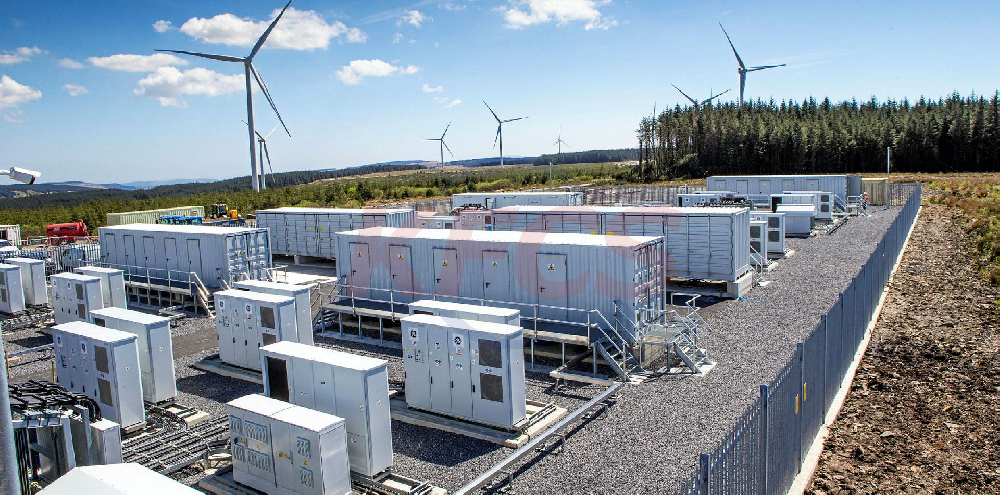In today's world,
energy storage systems are becoming increasingly vital for enhancing the reliability and efficiency of power grids, integrating renewable energy sources, and ensuring energy availability during peak demands or outages. Battery energy storage systems (BESS) are at the forefront of this technological evolution, offering scalable solutions for both residential and commercial applications. In this article, we will explore the essential principles of battery energy storage system design, key technologies, best practices, and future trends.
1. Introduction to Battery Energy Storage Systems
Battery energy storage systems are designed to store electrical energy and release it when needed. These systems help balance supply and demand, improve power quality, and support renewable energy integration. As the demand for sustainable and reliable energy solutions grows, understanding the design principles of BESS becomes crucial for both developers and users.
2. Core Design Principles
Capacity Requirements:
The first step in designing a battery energy storage system is determining the required capacity. This depends on factors such as the load profile, energy usage patterns, and peak demand. Accurate capacity estimation ensures that the system can handle the energy needs without excessive costs.
Selecting the Right Battery Type:
Different battery technologies offer various benefits. Lithium-ion batteries are popular for their high energy density, long cycle life, and efficiency, making them ideal for most applications. Lead-acid batteries, while less efficient, are still used in certain contexts due to their lower upfront costs. Other types, such as flow batteries and sodium-sulfur batteries, may be considered for specific applications.
System Integration:
Effective integration of the battery system with other components, such as inverters and charge controllers, is critical. The inverter converts DC power from the battery to AC power for use in the grid or load. Ensuring compatibility between these components enhances system performance and longevity.
3. Key Technologies
Energy Management Systems (EMS):
An EMS is crucial for optimizing the performance of a battery storage system. It manages the charging and discharging cycles, monitors battery health, and adjusts operations based on real-time data. Proper management helps in extending the battery life and improving efficiency.
Safety Considerations:
Safety is a top priority in battery storage system design. Measures to prevent overcharging, over-discharging, and thermal runaway are essential. Incorporating safety mechanisms such as thermal management systems, fuse protection, and real-time monitoring can mitigate risks and ensure safe operation.
4. Best Practices
Maintenance and Monitoring:
Regular maintenance and monitoring are vital for ensuring the reliability and longevity of the battery storage system. Routine inspections, software updates, and performance evaluations help in identifying potential issues before they escalate.
Cost-Benefit Analysis:
Conducting a thorough cost-benefit analysis helps in understanding the financial implications of the battery storage system. Factors such as initial investment, operational costs, and potential savings should be evaluated to ensure that the system offers a favorable return on investment.
5. Future Trends in Battery Storage
The battery storage industry is rapidly evolving with advancements in technology. Innovations such as solid-state batteries, enhanced recycling processes, and improvements in battery chemistry are set to drive the future of energy storage. These developments promise higher energy densities, lower costs, and improved sustainability.
Conclusion
Designing an effective battery energy storage system involves careful consideration of capacity requirements, battery types, system integration, and safety. By following best practices and staying informed about emerging technologies, stakeholders can optimize their energy storage solutions for better performance and reliability. As the industry continues to advance, keeping abreast of the latest trends will be essential for leveraging the full potential of battery energy storage systems.
By incorporating these principles and practices, you can ensure that your battery energy storage system is well-designed to meet current and future energy needs.
